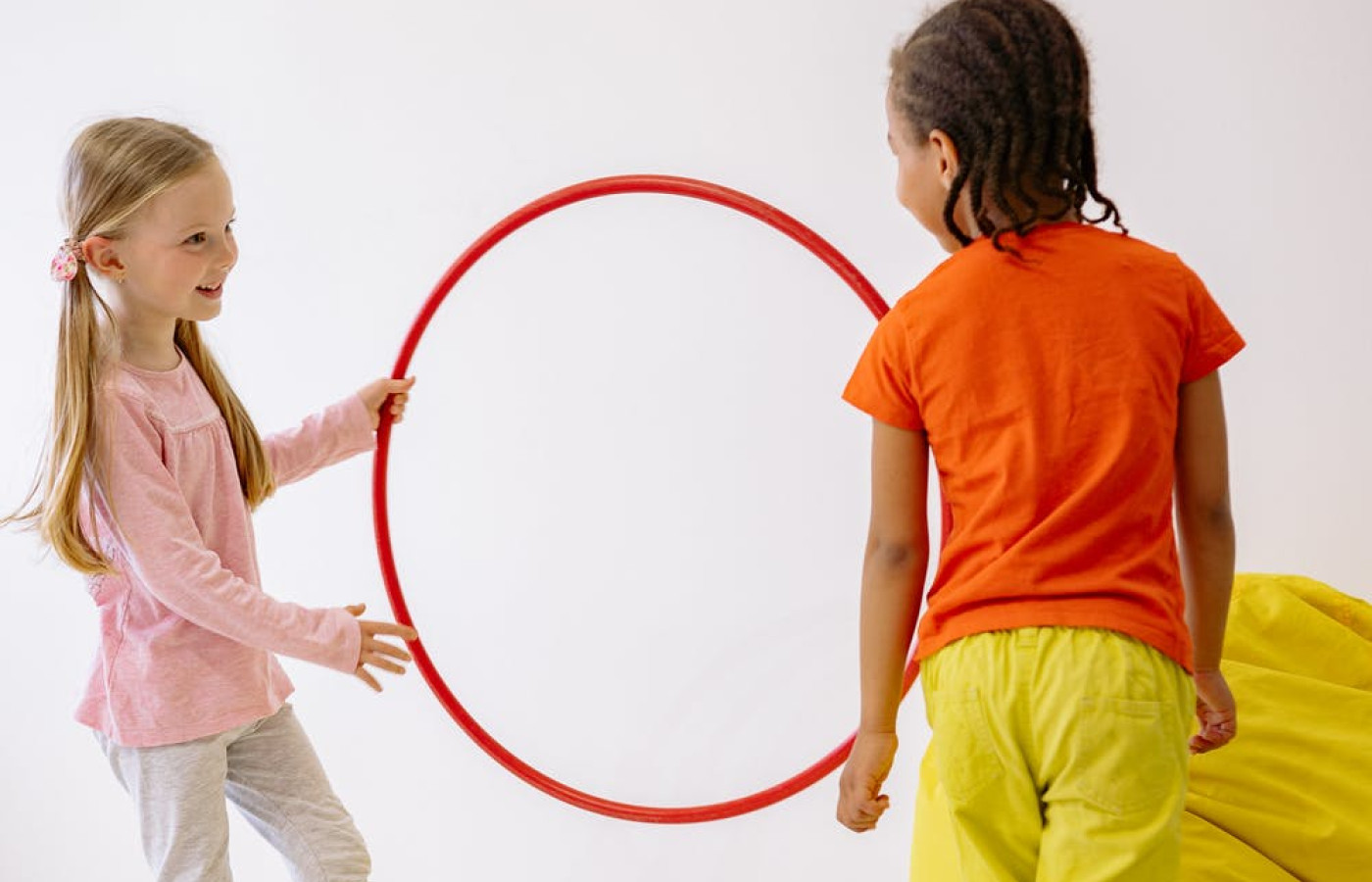Target practice!

Target practice!
Using a hoop or rope as a target for beanbags
Materials Required
- Hoop (to use as a target) or rope in a circle on the ground
- Small bean bags (about 6) or socks.
If you don't have bean bags use a sock- fill the toe with rice, seal with elastic band and you have a bean bag.
Play experience profile
-
Ages:
-
Min Playtime5 - 15 Minutes
-
Skills
-
Energy LevelActive play
-
Messiness Rating
-
EYLF Outcomes
Play Experience Preparation
Find a hoop or a piece of rope. You could use a large tub as well or washing basket - Find bean bags (about 6) or make sock bean bags (see above)Experience Steps
- Set up the hoop or rope on the ground about 1-3 metres away from your child.
- The younger your child is the closer the target will need to be.
- Have about 6 bean bags in a bucket or container where your child needs to stand.
- Encourage your child to throw the bean bag into the hoop.
- Encourage your child if they find it hard.
- Encourage your child to try again.
- Remember if it is too difficult, move the target closer.

What to talk about, or questions to ask during the experience
- Show me how you throw?
- Wow, great throwing!
- Can you get the bean bag into the hoop?
- Counting the beanbags in each hoop/rope or tub.
Build on this...
- Let's count how many bean bags are in the hoop?
- Let's count how many bean bags are outside the hoop?
- Measure how far away the hoop is using feet as a measuring tool.
WHO guidelines for physical activity and sedentary behaviour
Provide evidence-based public health recommendations for children, adolescents and adults on physical activity.
Learn more
Provide evidence-based public health recommendations for children, adolescents and adults on physical activity. Learn more
Throwing and collecting bean bags is being physically active.
EYLF Outcomes
The Early Years Learning Framework has been designed for use by early childhood educators working in partnership with families, children’s first and most influential educators.
View PDF
The Early Years Learning Framework has been designed for use by early childhood educators working in partnership with families, children’s first and most influential educators. View PDF
- Children take increasing responsibility for their own health and physical wellbeing
- Children develop dispositions for learning such as curiosity, cooperation, confidence, creativity, commitment, enthusiasm, persistence, imagination and reflexivity
EYLF Principle
Principle 3: High expectations and equity. Children progress well when they, their parents and educators hold high expectations for their achievement in learning.
EYLF Practice
Practice: Learning through play. Play can expand children’s thinking and enhance their desire to know and to learn. In these ways play can promote positive dispositions towards learning. Children’s immersion in their play illustrates how play enables them to simply enjoy being.
Author:


